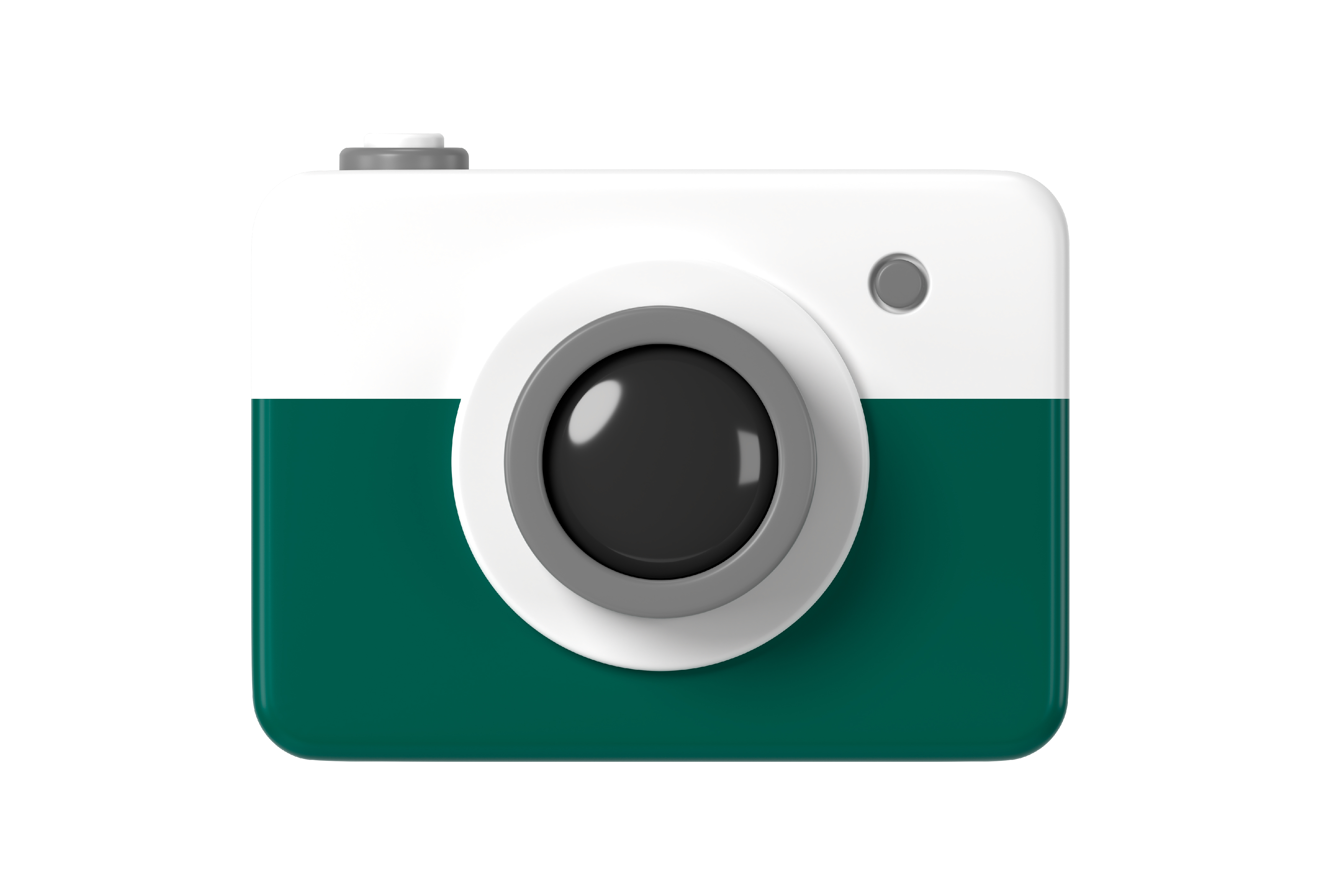Photography and Videography and Production

Introduction
In today's fast-paced digital world, visual content has become the king of marketing. Photography, videography, and production play pivotal roles in conveying messages, evoking emotions, and capturing the attention of the audience. This article explores the significance of visual content in marketing, how it enhances brand storytelling, and its impact on consumer engagement.
The Impact of Visual Content
1. Visual Content Creates a Lasting Impression:
The saying, "A picture is worth a thousand words," holds true in marketing. Visually appealing content is more likely to be remembered and shared by your audience. A well-composed image or a compelling video can leave a lasting impression.
2. Effective Storytelling:
The saying, "A picture is worth a thousand words," holds true in marketing. Visually appealing content is more likely to be remembered and shared by your audience. A well-composed image or a compelling video can leave a lasting impression.
3. Enhanced Social Media Engagement:
Visual content is king on social media platforms. Posts with images or videos receive significantly more engagement than text-only posts. Eye-catching visuals stop users from scrolling and encourage interaction.
4. Product Showcase:v
High-quality product photography and videography showcase your offerings in the best light. Customers often make purchase decisions based on the visuals they see. Quality visuals can persuade potential buyers.
The Role of Videography
1. Explainer Videos:
Videos can simplify complex concepts or products. Explainer videos offer a dynamic way to educate your audience and make your message more accessible.
2. Testimonials and Reviews:
Video testimonials and reviews add authenticity and credibility to your brand. Seeing and hearing satisfied customers creates trust.
3. Behind-the-Scenes:
Sharing behind-the-scenes videos gives your audience a glimpse into your company's culture and processes, humanizing your brand.
The Power of Photography
1. Professional Imagery:
High-quality photography can make your website, social media profiles, and marketing materials visually stunning. It's an investment in your brand's image.
2. Product Close-Ups:
Detailed product photography allows customers to inspect the features and quality of your products, ultimately influencing their purchasing decisions.
3. Event Coverage:
Photographs capture the essence of events, whether they are product launches, corporate gatherings, or community engagements. These images can be shared widely to extend the reach of your events.
The Production Process
1. Concept Development:
This is where ideas are formed, and the message is outlined. What story are you trying to tell? What emotions do you want to evoke?
2. Pre-Production:
Planning, scripting, storyboarding, and logistics are ironed out before the actual shoot. This stage is critical to ensuring a smooth production process.
3. Production:
The filming and photography take place during this phase. The creative vision comes to life.
4. Post-Production:
Editing, sound design, color correction, and finalization happen in post-production. This is where the raw footage becomes a polished masterpiece.
In Conclusion
Photography, videography, and production are indispensable tools in the modern marketing landscape. They enable brands to tell their stories effectively, engage with audiences emotionally, and showcase their products or services in the best possible light. Quality visuals leave a lasting impression and can be the key to increased consumer engagement and loyalty. Whether you're aiming to educate, entertain, or inspire your audience, harnessing the visual powerhouse is a must for any successful marketing strategy.
